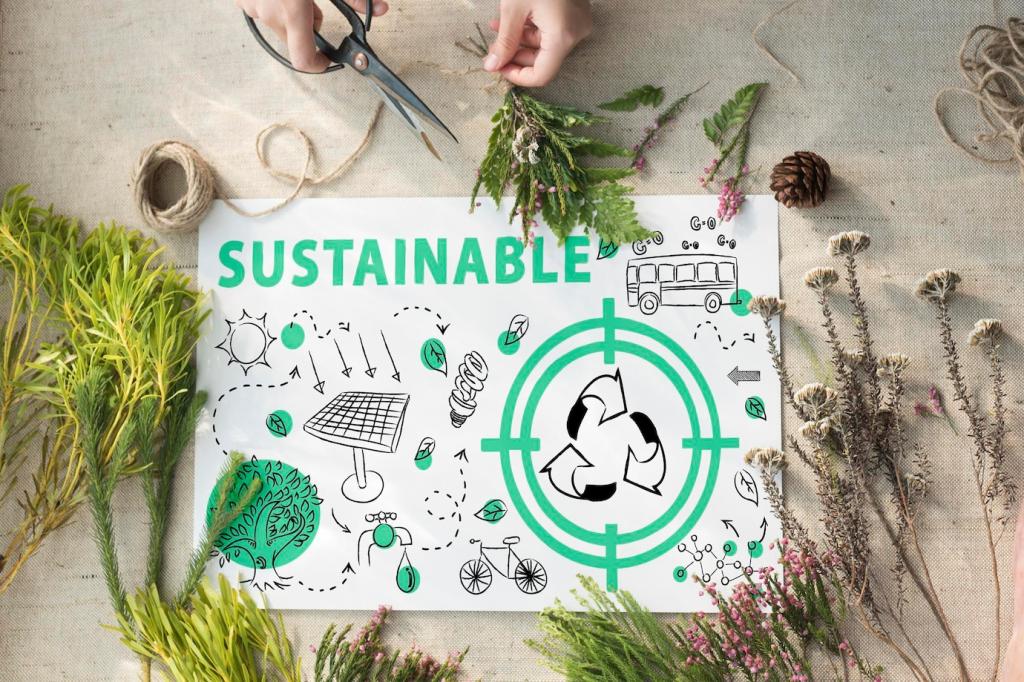Storytelling That Converts: From Specifications to Stakes
Center an occupant, facilities lead, or neighborhood group as the protagonist. Show their challenge, the design response, and the tangible outcome. A renovated school becomes a safer, quieter haven—attendance rises, teachers report fewer headaches, and families proudly share photos of their sunlit corridors.
Storytelling That Converts: From Specifications to Stakes
Contrast sweltering summer classrooms with post-retrofit cross-ventilation and glare-free daylight. Describe sounds, temperatures, and energy bills. Use short, cinematic sentences that readers can feel. Then invite them to subscribe for a monthly story series spotlighting everyday comfort wins in green buildings.
Storytelling That Converts: From Specifications to Stakes
Break a big case into micro-moments for social posts, slide decks, and newsletters. One photo, one insight, one metric. End each swipe with a gentle nudge to read the full piece, comment with questions, or join a Q&A session about the project’s behind-the-scenes decisions.
Storytelling That Converts: From Specifications to Stakes
Lorem ipsum dolor sit amet, consectetur adipiscing elit. Ut elit tellus, luctus nec ullamcorper mattis, pulvinar dapibus leo.








